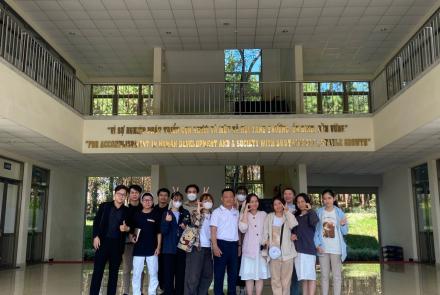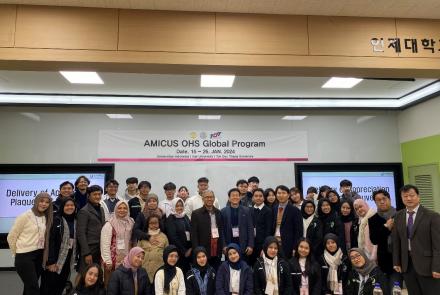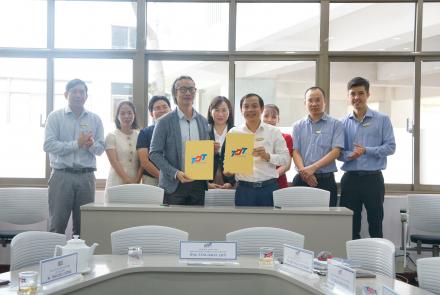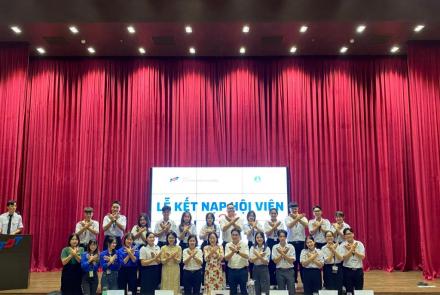Model for domestic waste treatment into organic fertilizer
With the desire to contribute to solving the problems of management and treatment of solid waste, as well as the model of sorting waste being carried out at TDTU, the student group of the Faculty of Environment & Labor Safety have set up the idea of experiment with the model for domestic waste treatment after sorting.
The initial results of the survey on the percentage of common constituents in domestic waste showed that: (1) biodegradable organic constituents accounted for 70% (including surplus food, solid waste from canteen cooking, pruning trees, leaf clearing…), (2) solid waste can be recycled for 25% (paper, plastic, plastic, glass, canned food ...) and (3) others for 5% (inert wastes, porous... and hazardous wastes).
Based on the results of this survey, the student group had the idea of continuing to implement the model: (1) raising worms and (2) composting from biodegradable organic constituents, accounting for the highest proportion in the entire rubbish of the TDTU.
In addition to the meaning of treating biodegradable organic constituents in domestic waste, raising worms and composting created worm and compost can be used to fertilize crops. This is a green fertilizer, environmentally friendly fertilizer, capable of soil improvement. Besides, raising worms model by biodegradable organic constituents, contributing to product worm biomass, which can be fermented, used to spray nutrients for flowers.
There are some pictures of the process setting up the idea and experimenting with the actual model of the student group of The Faculty of Environment & Labor Safety.
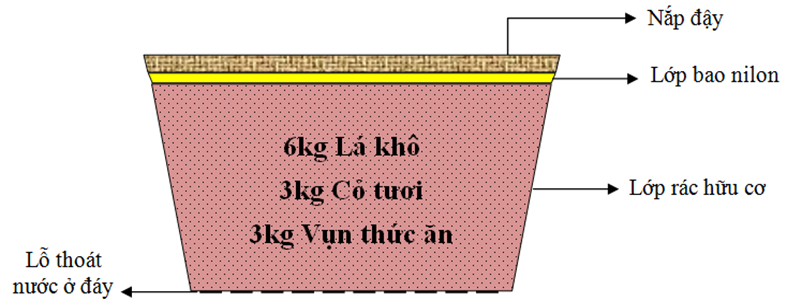

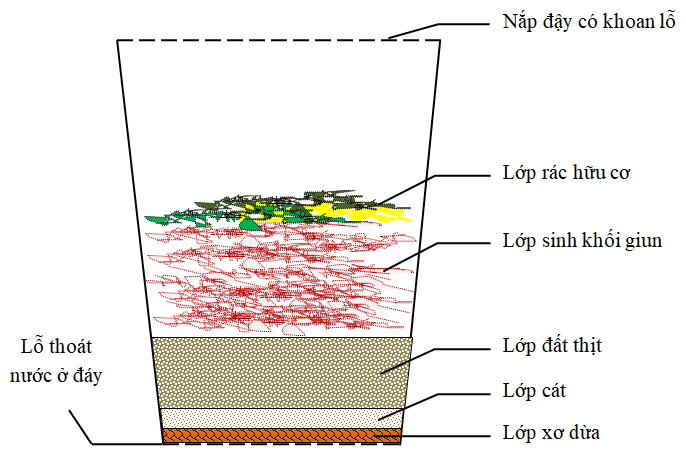

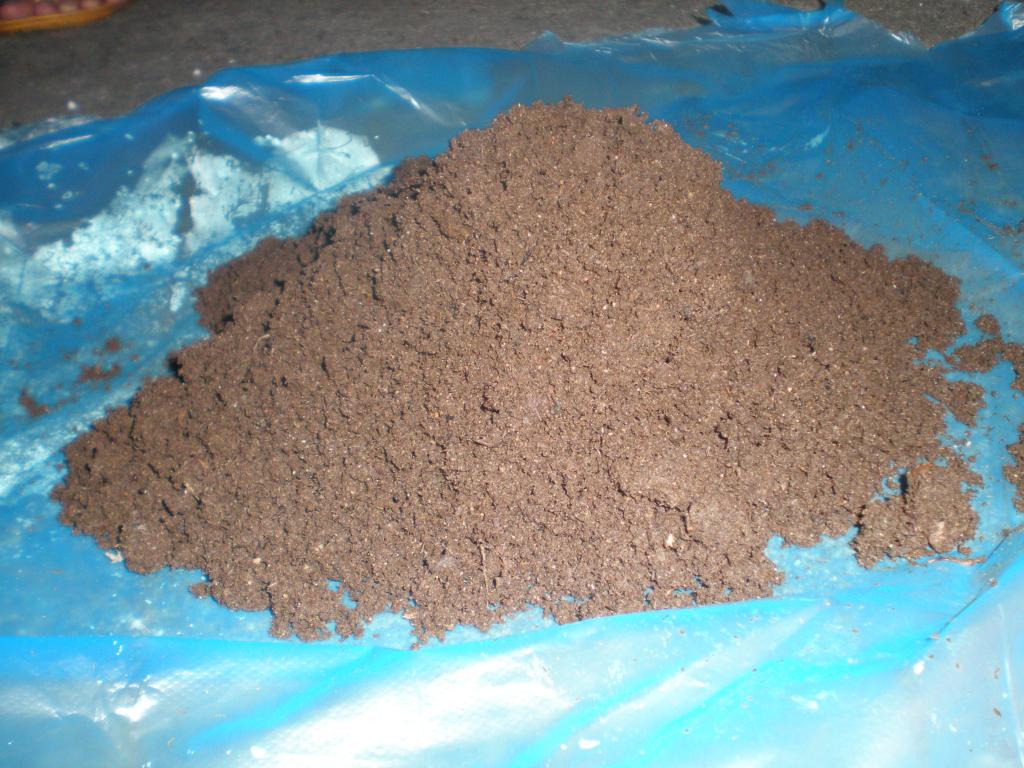
- Log in to post comments


